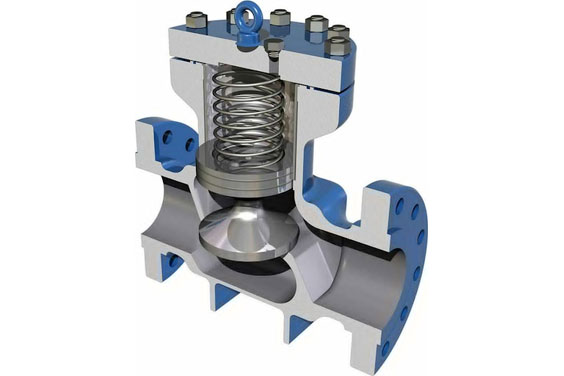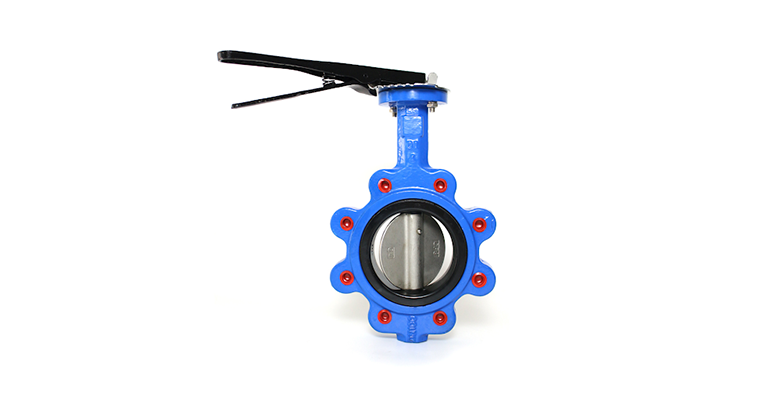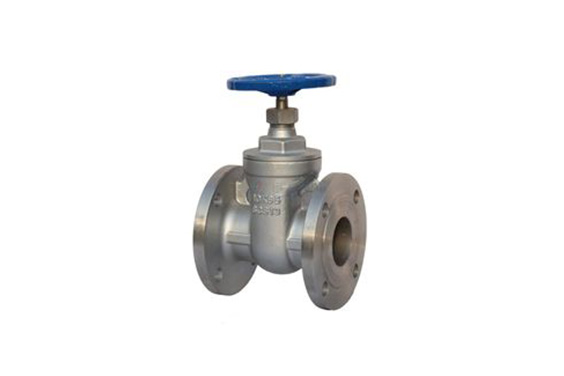When most people think about how their sprinkler system works, they probably imagine water being sprayed out of all the sprinkler heads at once. But there’s more than one way to get water from the main supply line to those sprinklers! In this post, we’ll take a look at how a basic sprinkler valve works, and some of the different types that are available. Stay tuned for future posts where we’ll discuss operating and maintaining your sprinkler system!
How A Sprinkler Valve Works
- A sprinkler valve is the part of a sprinkler system that controls the water flow. It’s installed in your home’s plumbing system and is connected to the water supply. When you turn on your sprinkler system, it will first run through the sprinkler valve.
- The valve regulates the flow of water into your pipes, which then distributes it through each zone of your sprinkler system. The amount of water flowing through each zone can be adjusted with an irrigation controller or a separate irrigation controller for each zone. These controllers are often installed in conjunction with a rain sensor that turns off your sprinklers when it rains. (Learn more about how rain sensors work.) It also keeps track of how much water has been used and cuts off the flow if it reaches a certain limit. This can save you money by preventing overuse and helps prevent damage to landscaping caused by overwatering.
- Sprinkler valves are designed to withstand harsh weather conditions, as they’re generally located outside near the watering system equipment. They’re made from durable materials like cast iron and brass so they can last for many years without corroding or leaking—which could damage your home’s foundation or cause mold growth inside walls and ceilings.
What a Sprinkler Valve Looks Like
A typical sprinkler valve is about 4-5 inches in diameter, but larger ones can be up to 10 inches across! They have a threaded hole at one end for connecting them to pipe fittings, as well as another smaller hole at the other end that allows water to pass through them into your pipes.
The small hole is covered by a rubber washer called an O-ring that prevents leaks from happening inside your house while also keeping out dirt and debris that could cause problems later on down the line. Some valves are designed with double O-rings or even gaskets positioned around their body instead of just one! These types usually have extra seals that make them very reliable in extreme weather conditions like cold winters where snow might build up on top of them and freeze solid overnight!
Do sprinkler valves need pressure to open?
While some types of valves do require pressure to open, most modern valves are designed to open without the need for additional pressure. This means that you can set your sprinkler timer and let the system do its job, without having to worry about whether or not the valves will open properly.
So if you’re wondering whether or not your sprinkler valves need pressure to open, the answer is probably no. However, it’s always best to check with your manufacturer or a local expert to be sure.
How do you tell if a sprinkler valve is open or closed?
One way to tell if a sprinkler valve is open or closed is to look at the handle. If the handle is in line with the pipe, then the valve is open. If the handle is perpendicular to the pipe, then the valve is closed.
Another way to tell is by listening for water flowing through the valve. If you can hear water, then the valve is open. If it’s completely silent, then the valve is closed.
Finally, you can always check with a multimeter. If the multimeter reads continuity, then the valve is open. If there’s no continuity, then the valve is closed. So, next time you’re not sure if your sprinkler valve is open or closed, remember these three simple tips.








